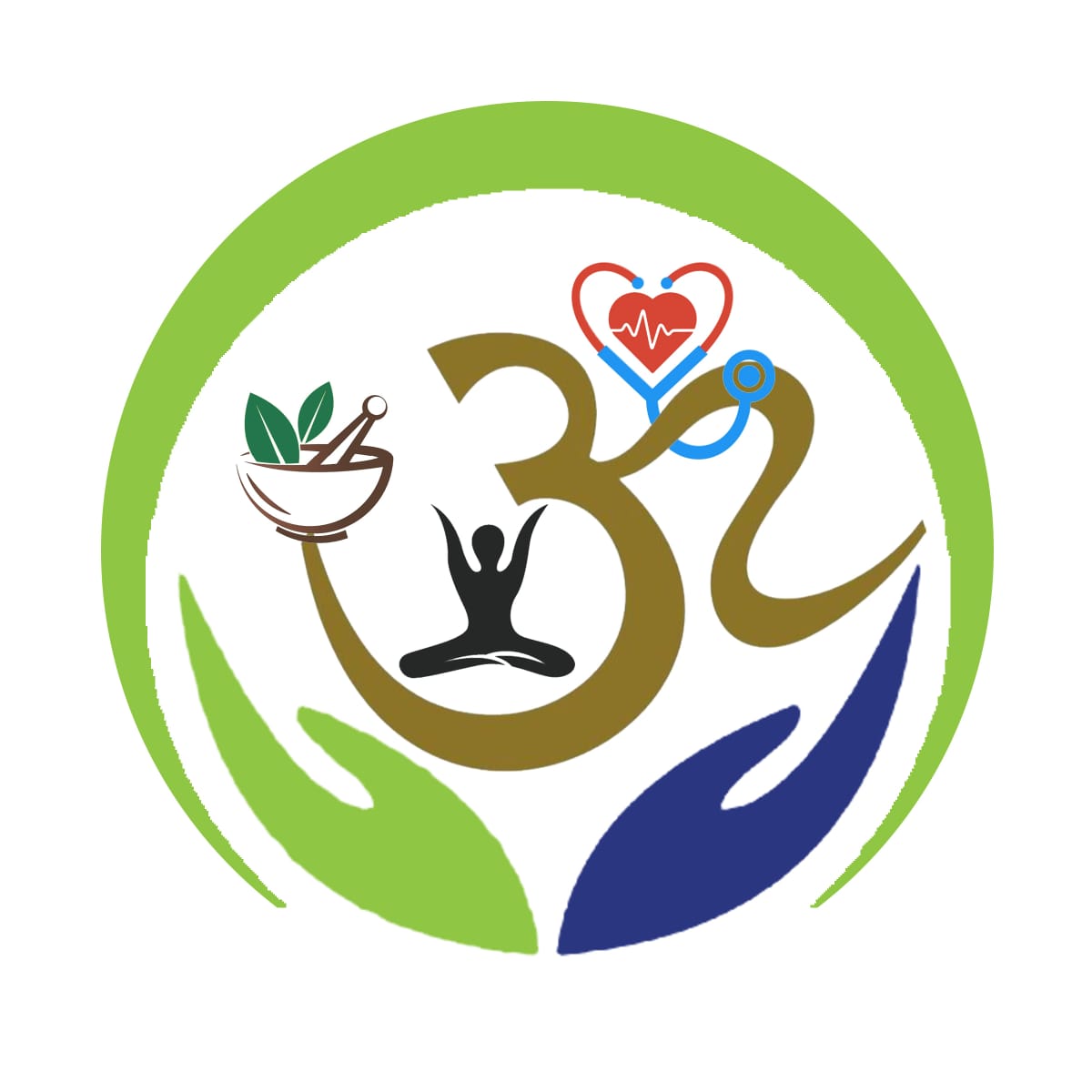Panchakarma: The Ancient Healing Therapy for Mind, Body, and Soul
In the world of Ayurvedic medicine, Panchakarma stands out as one of the most profound and holistic approaches to detoxifying and rejuvenating the body. Derived from the ancient Indian system of Ayurveda, Panchakarma is a five-step therapy designed to cleanse the body of toxins, restore balance, and promote overall well-being. This blog delves into the essence of Panchakarma, its benefits, and how it can transform your health.
What is Panchakarma?
Panchakarma, which literally means “five actions” in Sanskrit, is a set of therapeutic procedures aimed at purifying the body. These five actions correspond to the body’s natural mechanisms for eliminating waste, and they are designed to remove toxins (ama) that accumulate due to poor diet, stress, and environmental factors.
The five key procedures of Panchakarma are:
Vamana (Therapeutic Emesis): Induced vomiting to cleanse the stomach and upper digestive tract, primarily used to treat respiratory conditions like asthma and chronic allergies.
Virechana (Purgation): A controlled process of purging the bowels to cleanse the small intestine, liver, and gallbladder. This therapy is particularly effective for removing Pitta-related toxins and treating skin disorders.
Basti (Enema Therapy): The introduction of herbal oils or decoctions into the colon through the rectum. Basti is considered one of the most important therapies in Panchakarma and is effective in treating a wide range of Vata disorders, including arthritis and neurological conditions.
Nasya (Nasal Administration): The administration of herbal oils or powders through the nose to cleanse the nasal passages and sinuses. Nasya is effective for treating headaches, migraines, sinusitis, and other Kapha-related conditions.
Raktamokshana (Bloodletting): The controlled removal of a small quantity of blood to eliminate toxins from the bloodstream. Though not commonly practiced today, Raktamokshana is still used in certain cases, especially for treating skin diseases and conditions caused by an excess of Pitta.
The Benefits of Panchakarma
Panchakarma offers numerous benefits for both physical and mental health. Here are some of the key advantages:
Detoxification: Panchakarma is highly effective in removing toxins from the body, which can accumulate due to poor diet, pollution, and stress. By cleansing the body, it helps prevent disease and promotes overall health.
Restores Balance: According to Ayurveda, health is a state of balance between the three doshas: Vata, Pitta, and Kapha. Panchakarma works to balance these doshas, addressing the root cause of illness rather than just treating the symptoms.
Improves Digestion: Panchakarma enhances the digestive system by eliminating toxins from the digestive tract and improving the function of the liver, stomach, and intestines. This leads to better nutrient absorption and overall digestive health.
Boosts Immunity: By cleansing the body and restoring balance, Panchakarma strengthens the immune system, making it more resilient to illness and infection.
Promotes Mental Clarity: Panchakarma not only purifies the body but also calms the mind. The therapies involved help reduce stress, anxiety, and mental fatigue, promoting a sense of inner peace and mental clarity.
Rejuvenation: After undergoing Panchakarma, many people experience a renewed sense of vitality and energy. The therapies rejuvenate the body and mind, leaving you feeling refreshed and revitalized.
Weight Management: Panchakarma can help in managing weight by improving metabolism, reducing excess fat, and eliminating toxins that may contribute to weight gain.
The Panchakarma Process
The Panchakarma process is personalized to each individual’s constitution (Prakriti) and specific health needs. It generally consists of three phases:
Purva Karma (Preparation): This phase involves preparing the body for cleansing through dietary changes, internal and external oleation (snehana), and steam therapy (swedana). These steps help loosen toxins and prepare them for elimination.
Pradhana Karma (Main Procedures): The core of Panchakarma, this phase includes the five main cleansing procedures (Vamana, Virechana, Basti, Nasya, and Raktamokshana) tailored to the individual’s needs.
Paschat Karma (Post-Therapy Care): After the cleansing process, it is crucial to follow a specific diet and lifestyle regimen to restore the body’s strength and balance. This phase may also include rejuvenation therapies (Rasayana) and herbal supplements to support long-term health.
Who Can Benefit from Panchakarma?
Panchakarma is suitable for almost anyone looking to improve their health and well-being, whether you are dealing with chronic health issues or simply want to detoxify and rejuvenate your body. However, it is important to undergo Panchakarma under the guidance of a qualified Ayurvedic practitioner who can tailor the therapy to your specific needs.
Conclusion
Panchakarma is more than just a detoxification therapy; it is a holistic approach to achieving optimal health and well-being. By cleansing the body of toxins, restoring balance to the doshas, and rejuvenating the mind and spirit, Panchakarma offers profound healing benefits that can transform your health. Whether you are seeking relief from a specific ailment or simply wish to rejuvenate your body and mind, Panchakarma offers a time-tested path to holistic health.
If you’re considering Panchakarma, consult with an experienced Ayurvedic practitioner who can guide you through the process and help you achieve the best possible results. Embrace the ancient wisdom of Ayurveda and experience the transformative power of Panchakarma for yourself.
